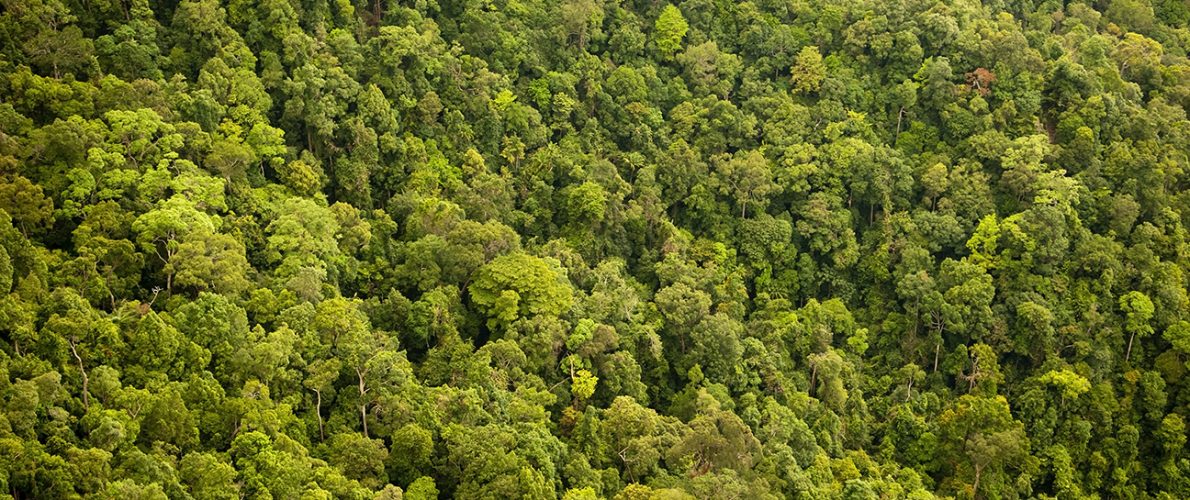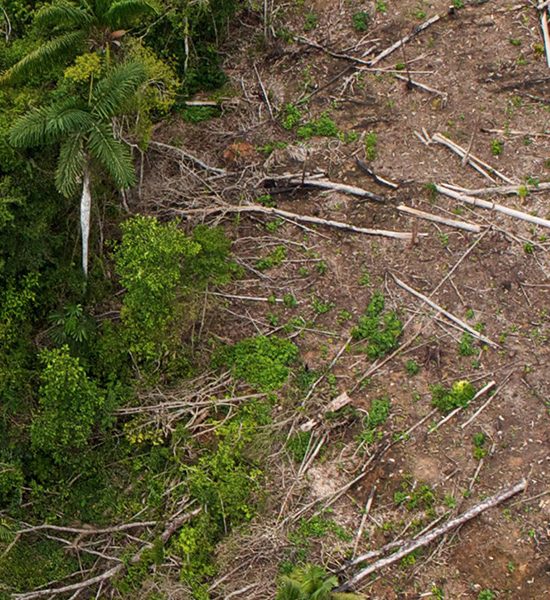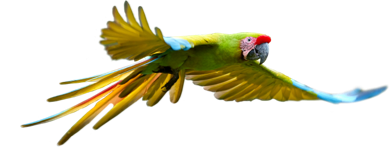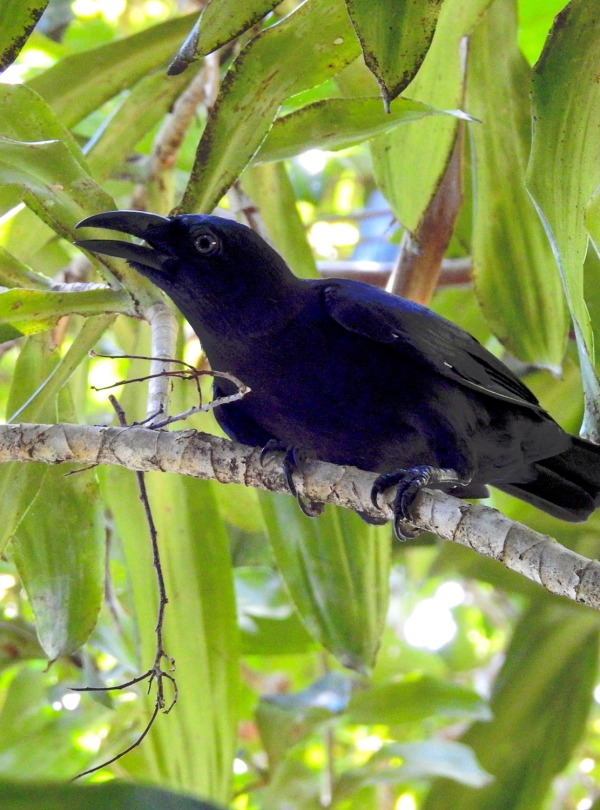
Expanding Daintree National Park
Support More Work Like ThisSupport More Work Like ThisMillions of years ago, rainforests covered much of eastern Australia. However, as conditions shifted to become drier, the Daintree became the last remnant of the continent’s once mighty tropical forests.
-
Species at Risk
Southern Cassowary (VU)
-
Carbon stored
Not calculated*
*(metric tons of CO2 equivalents) -
Partner
Rainforest Trust Australia
-
71 Proposed Acres Conserved by
Designation
-
Project Cost: $281,761

71
Millions of years ago, rainforests covered much of eastern Australia. However, as conditions shifted to become drier, the Daintree became the last remnant of the continent’s once mighty tropical forests.
-
Species at Risk
Southern Cassowary (VU)
-
Carbon stored
Not calculated*
*(metric tons of CO2 equivalents) -
Partner
Rainforest Trust Australia
-
71 Proposed Acres Conserved by
Designation
-
Project Cost: £211,850

71
The Daintree Rainforest is amongst the oldest rainforests on Earth and the largest continuous area of tropical rainforest remaining in Australia. Encompassing striking landscape diversity, Daintree National Park holds mountain ranges, fast flowing streams and waterfalls, deep gorges and dense rainforest that in some places runs straight down to the sea. The wide variety of habitats make the Daintree one of the most complex rainforest ecosystems on Earth, and one of the most ancient.
Millions of years ago, rainforests covered much of eastern Australia. However, as conditions shifted to become drier, the Daintree became the last remnant of the continent’s once mighty tropical forests. Within this last refuge, many species of plants and animals have continued to persist relatively unchanged over millions of years and have retained the same primitive characteristics of their ancestors. Unusual species such as Bennett’s Tree-kangaroo and the Southern Cassowary reside here, as well as a number of extremely ancient plant families found nowhere else on Earth.
Because of the Daintree’s unique evolutionary history and wealth of wildlife, it has been declared a Wet Tropics World Heritage Site, with Daintree National Park lying at the center of protection efforts. However, encroaching housing development around the park’s borders threatens to fragment forests and disrupt wildlife through human traffic and the introduction of exotic plants. To help, Rainforest Trust- Australia is working to purchase 15 private properties that will then be incorporated into the Daintree National Park (managed by Queensland Parks and Wildlife Service). Together with five already owned properties, the new land purchase will strategically expand Daintree National Park by over 71 acres.
Explore Australia



Biodiversity
The Daintree is amongst the oldest rainforests on Earth, with the best remaining representation of plants and animals that once survived on the ancient continent of Gondwanaland. A number of rare and endangered species are found within Daintree National Park, including the Southern Cassowary.
Southern Cassowaries are large flightless black birds related to ostriches and emus that sport bright blue necks, a horn-like casque and dagger-like claws. Found only in the wet tropical rainforests of Northeastern Australia, neighboring New Guinea and surrounding islands, Southern Cassowaries forage for up to 150 different fruits and seeds and play a vital role as seed dispersers throughout the rainforest. Due to the destruction and fragmentation of their rainforest habitats, these large charismatic birds have recently been classified as Vulnerable. More than 430 other bird species have also been recorded in Daintree National Park, including rare or range-restricted species like the Buff-breasted Paradise Kingfisher and Lesser Sooty Owl, making the Daintree a Globally Important Bird Area. Many unique marsupials, monotremes, reptiles and amphibians are also found throughout these tropical forests, such as Bennett’s Tree-kangaroo, Short-beaked Echidna, Spotted-tailed Quoll and Boyd’s Forest Dragon. Furthermore, numerous ancient plant families are only found in the Daintree due to the region’s unique evolutionary history and connection to Gondwanaland.
Challenges
The greatest risks to the Daintree come from development for housing and fragmentation of the rainforest, which jeopardize the integrity of the ecosystem with increased human traffic and the introduction of exotic species.
In the mid 1980s, a developer gained the approval of the Queensland government to pursue development in the Daintree Rainforest for a series of housing estates. This was subsequently opposed by later governments, but because the land in question is in private ownership, the only option to resolve the issue has been the purchase and protection of additional lands to expand Daintree National Park. The purchase of these 15 properties for inclusion into Daintree National Park will prevent further development to these sensitive areas while protecting and restoring critical habitat for wildlife.
Communities
Currently, no people live within the proposed protected area.
However, expanding settlements, towns and housing developments threaten the park buffer zone with forest fragmentation, the spread of exotic plants and stress to wildlife from human traffic and introduced dogs.
Solutions
The Daintree Rainforest is regarded as an iconic national treasure and recognized as a Wet Tropics World Heritage Site for its unique evolutionary history and tremendous conservation value.
To strengthen protection efforts for this irreplaceable forest, Rainforest Trust- Australia is working to purchase 15 private properties to be transferred to the Queensland government. Together with five already owned properties, the new land purchase will expand Daintree National Park by over 71 acres. This purchase and gifting of land to the Queensland government for the national park will expand and strengthen protection for the Daintree Rainforest while facilitating road closures into sensitive areas that can then be revegetated. Expanding protection efforts for vulnerable species like the Southern Cassowary, while reversing the impact of rural residential development, offers the best path forward for ensuring the world’s most ancient rainforest continues to thrive for generations to come.



Sign up to receive the latest updates
"*" indicates required fields
100% of your money goes to our conservation efforts
Our board members and other supporters cover our operating costs, so you can give knowing your whole gift will protect rainforests.

